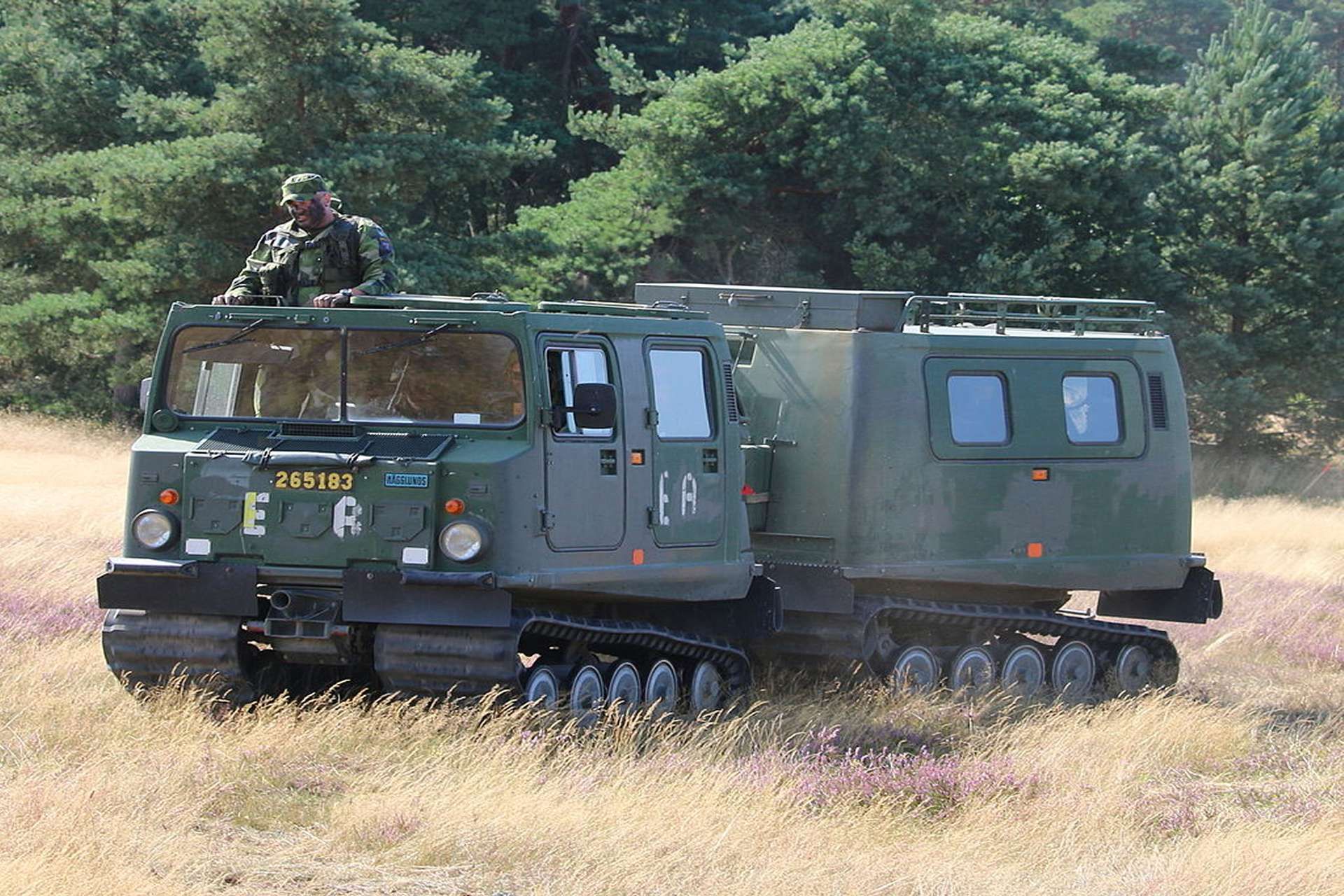Breaking News
Spanish Army Launches Call for Tender to Maintain BV-206 Tracked All-Terrain Vehicles Until 2027.
On September 2, 2024, the Spanish newspaper Infodefensa announced that the Spanish Army had launched a tender for the acquisition of spare parts for its BV-206 vehicles (Transport Oruga Montaña). These vehicles, which have been in service for over thirty years, are crucial for operations in mountainous environments.
Follow Army Recognition on Google News at this link

BV-206 Tracked All-Terrain Vehicle (Picture source: Wikimedia)
With a budget of 1.8 million euros, including taxes, the tender is divided into two lots. It aims to secure the maintenance of the BV-206 vehicles until December 2027, with a contract that could extend up to 2.3 million euros, including various potential modifications and extensions.
The BV-206, a tracked vehicle designed by the Swedish company Hägglunds Vehicle AB, now part of BAE Systems, has been used by the Army since the late 1980s. These vehicles, weighing up to 7,000 kilograms, can reach a maximum speed of 52 km/h and can cross one-meter-deep fords without preparation. Their versatility allows them to operate on all types of terrain, including snowy areas, making them indispensable for troop transport in mountainous regions.
Since 2022, Ukraine has received a notable quantity of Bandvagn 206 (BV 206) vehicles from various countries as part of military aid packages. Germany has been a significant contributor, committing to supply a total of 64 BV 206 vehicles to Ukraine. The first shipment included eight of these tracked all-terrain vehicles, with further deliveries planned, although the exact timeline for the complete delivery remains unspecified. In addition to Germany, other countries such as the Netherlands, Italy, and the UK have also provided BV 206 vehicles to Ukraine. The Ukrainian Armed Forces have started using these vehicles, including both the standard BV 206 and the armored BV 206S variant. These contributions were not always publicly announced at the time of delivery but have been confirmed through various reports and sightings in Ukraine.
The BV 206 is a tracked, articulated all-terrain vehicle originally developed by the Swedish company Hägglund & Söner, now part of BAE Systems. Its development started in 1974, and the first production units were delivered to the Swedish Defense Administration in 1980. Designed to handle the challenging conditions of northern Sweden, including snow and boglands, the BV 206 was intended for military use but has found applications in various countries. Over 11,000 units have been produced, and it has been used by the armies of more than 37 nations, including the United States, Canada, and several European countries. The vehicle’s low ground pressure allows it to traverse loose snow and soft terrain effectively, and its amphibious capabilities enable it to cross bodies of water, making it suitable for a wide range of environments.
The BV 206 features a front-mounted engine, with variants powered by different engines over its production history, including a Ford 2.8-liter V6 petrol engine and Mercedes-Benz diesel engines. Its articulated design provides enhanced maneuverability, and its dual-unit configuration can transport up to 17 passengers or a payload of up to 2,250 kilograms. The vehicle can achieve speeds of up to 54.7 km/h on land and 4.7 km/h in water. The BV 206 uses a hydrostatic, articulated steering system for a tight turning radius and is equipped with reinforced nylon tracks. It is suitable for various tasks, including the transportation of personnel and cargo, search and rescue operations, and deployment in extreme environments such as polar regions.
The Spanish Army currently has around 70 units of BV-206, divided into two versions. The BV-206S version, an armored combat vehicle, can carry a crew of ten fighters plus the driver. In contrast, the BV-206 can accommodate up to 17 people and is adaptable for various functions, such as transporting equipment, medical evacuation, and command posts. Both models are amphibious and can be transported by helicopter or parachuted.
These vehicles have been deployed in various international operations, including in Kosovo and Afghanistan, demonstrating their robustness and adaptability. As a reminder, the BV-206 is actively deployed in military operations in Ukraine, proving its ability to navigate difficult terrain and play a crucial role in rescue and medical evacuation missions. The Belgian company, John Cockerill Defense, is responsible for the modernization of these vehicles for the Ukrainian army, with particular attention to transforming the BV-206 into medical transport units. These upgrades include advanced medical kits and improved engines, ensuring that the vehicles are perfectly suited for the rapid and efficient transport of wounded personnel.
The deadline for submitting bids to the Army's Logistics Support Command (MALE) is set for September 4. The Spanish Army also recently concluded a full maintenance contract with the Spanish company JPG, with an initial budget of three million euros until the end of 2026, highlighting its continued commitment to maintaining these crucial vehicles in optimal working condition.


























